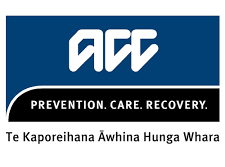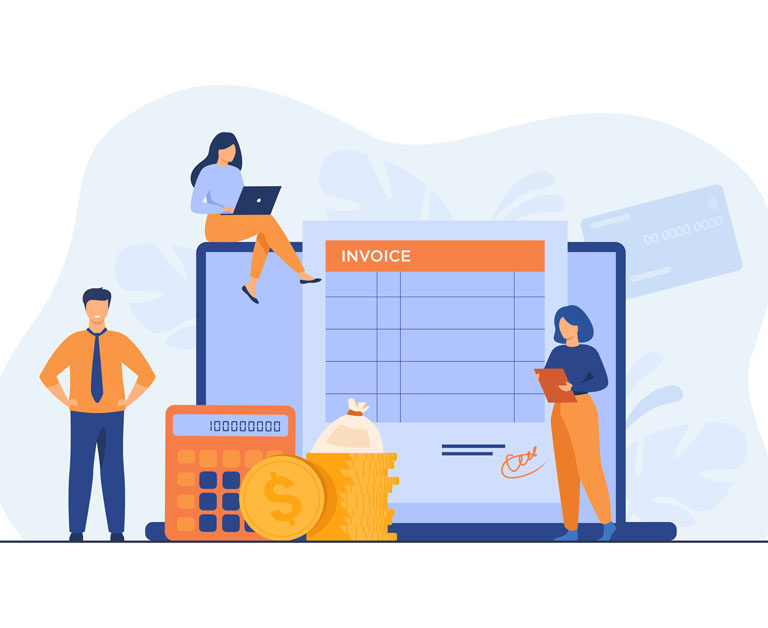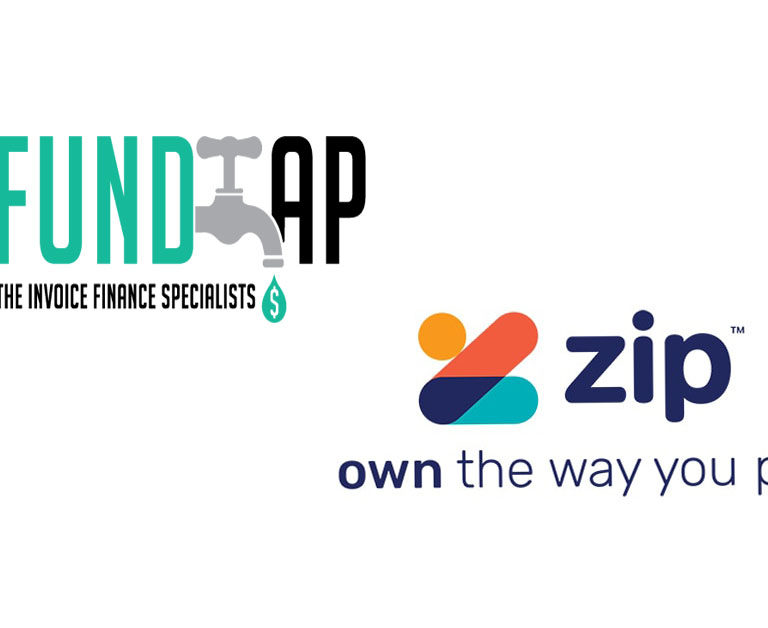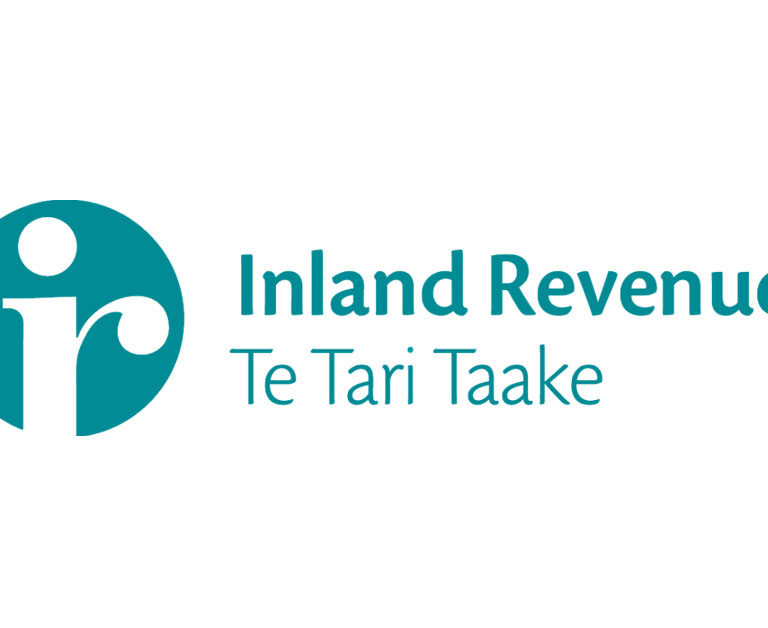What are ACC Levies?
Whether you are employed or have your own company everyone pays ACC Levies. These levies fund injury claims. Being a small business owner or self-employed means that you will pay an ACC Work Levy each year. If you employ staff or allocate a shareholder salary there is an ACC Earners’ levy. These levies cover you for work and non-work related injuries.
Invoices are usually issued between mid-July and mid-August due to Covid ACC invoices were delayed for the 20/21 year and anyone already in business will have started to receive these in October.
What your ACC invoice will cover
- Work Levy – ACC workplace cover to fund workplace injuries and the rate is dependent on your Bic code.
- Working Safer levy – this is collected on behalf of MBIE to support WorkSafe NZ’s activities and is charged at a flat rate of $0.08 per $100 of liable income.
- Earners’ levy – non-work injury cover that everyone in NZ who earns a salary pays this levy. This is charged at a flat rate currently $1.39 per $100 (exc GST) of liable income. Earners levy will appear on self-employed and shareholder employee invoices
Businesses
All businesses are required to pay ACC Levies as this provides cover for you and your staff if there is an accident at work. The levies go towards getting you or your staff treatment and back to work as soon as possible. Companies will receive a provisional invoice with an estimated levy for the next year and a year-end adjustment.
How much your business pays depends on:
- your business description — this is assigned an ACC classification unit which relates to the BIC code that you chose for your business description
- how much you pay your employees
- your claims history — the number of work-related injury claims your business has made.
Acc provides a calculator which you can use to calculate how much your levies are likely to be.
Different rates are used for different industries with different levels of risk. You will have chosen a BIC Code based on your main work activity when you registered for GST or filed a tax return. Bic code options can be found here. It is good to check your BIC code in case your work has changed as changing the code can change the levy rate.

Self-Employed
When you become a sole trader you will automatically be enrolled on CoverPlus and you can change to CoverPlus Extra if you want to have more control over how much you want ACC to Cover. We also have a blog post on CoverPlus Extra.
Sole Traders have changed and no longer pay provisional levies they will just receive one invoice for that year once the year-end tax return is filed.
ACC pays up to 80% of your weekly income as compensation if you are unable to work and your injury is covered by ACC. So you will still get paid if you cannot work however what you are paid is dependent on how much you earn and the cover you have.
For contractors that receive scheduler payments, you need to pay your own ACC, as scheduler payments only have withholding tax deducted and are different from salary and wages.
If you notice your income details are wrong once you receive your ACC invoice you will need to get in touch with IRD as ACC receives its information on income from IRD. Once updated ACC will be updated.
You can update business or contact details online, and also let ACC know if your business is no longer operating or your business activity has changed. If any other invoice details are incorrect you need to let ACC know as this may affect your levies.
Your ACC levies can be paid online via internet banking, via credit card which will incur a service levy or by direct debit. If you choose to pay via direct debit you can pay the full invoice or set up installments to help your cashflow. For all ways to pay your levies find more information here.









One Comment
Comments are closed.